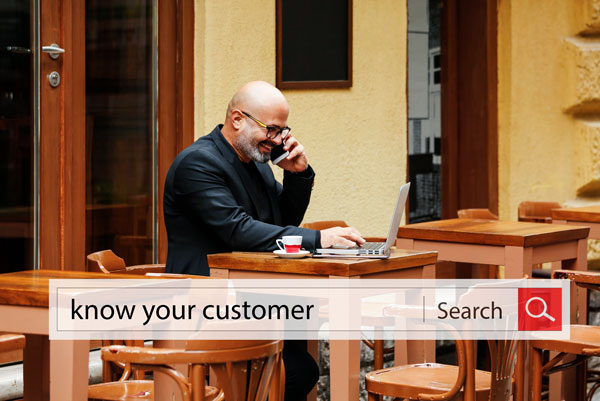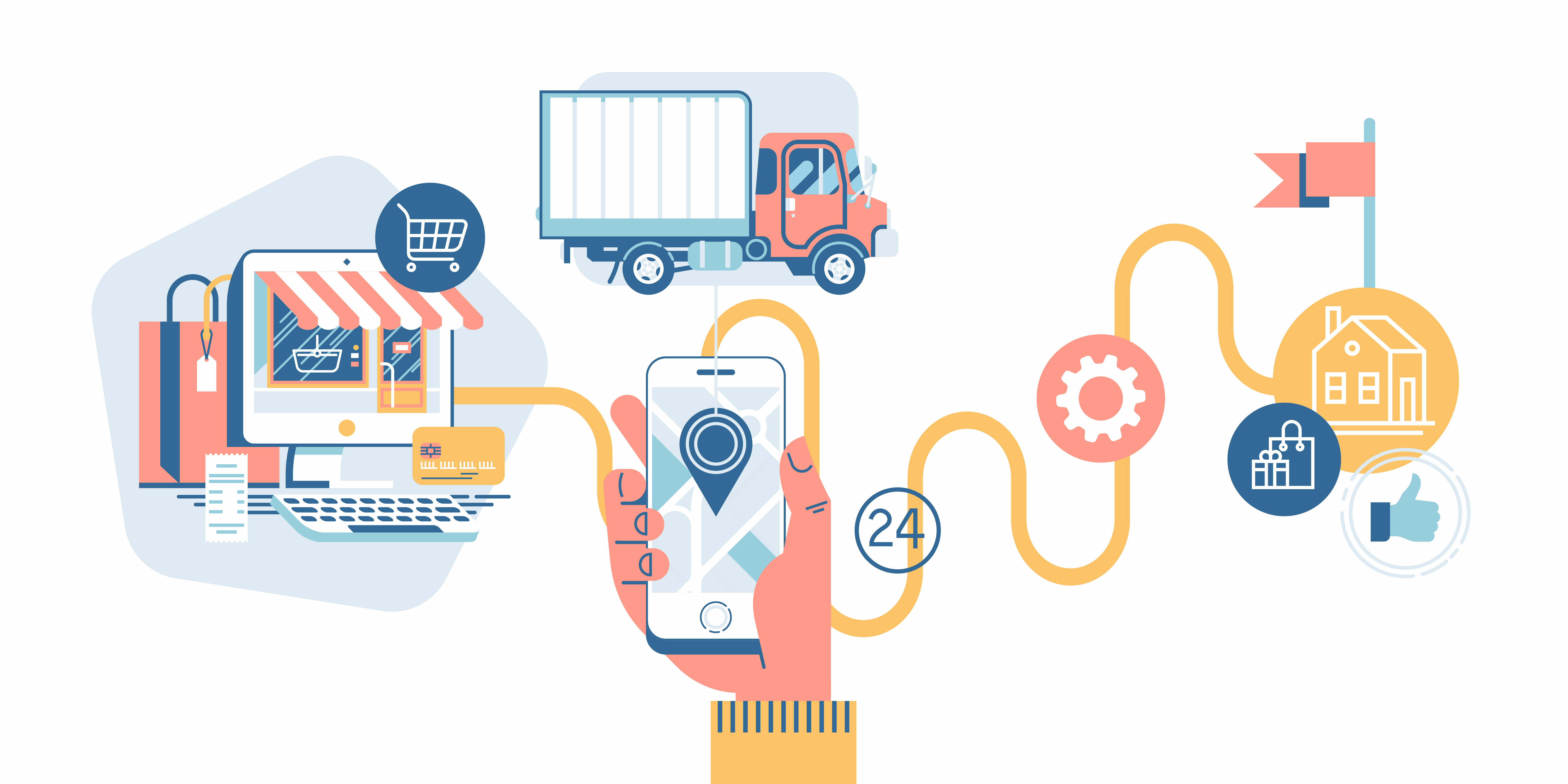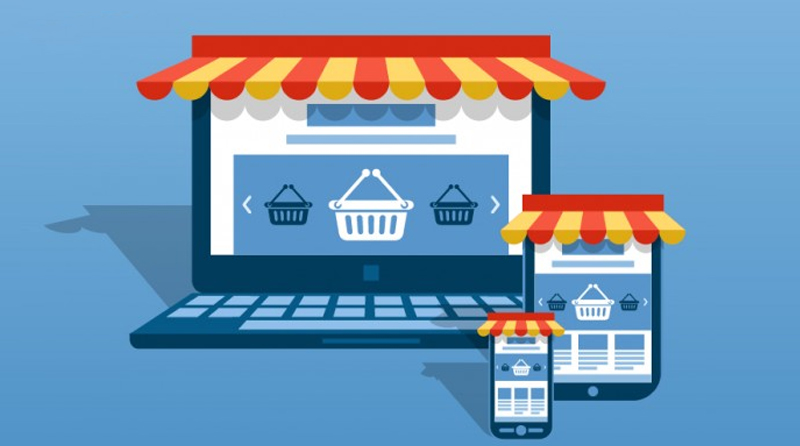How Shoppers Browse and Buy Products Online & Offline

Whether you are an online business or an offline one, understanding how your customer browses and shops can help you bring in more traffic and boost sales. Making the shopping experience enjoyable and easy is the first step to building your brand reputation and getting loyal shoppers who keep coming back to you. So, here are a few things to keep in mind when it comes to crafting strategies based on shopper behavior.
Power of location
An offline shopper will usually go for a store that is near her home or on the way back from her workplace. Stores present in a shopping mall are also attractive. So, while picking a location for your physical store, make sure that it is close to your target audience and easy to find. But when it comes to an online shopper, location matters in a different way. This is because the shopper can buy products from anywhere in the world but they do prefer e-stores that have clearly mentioned shipping details. Those online stores that mention the location of the site, shipping rates, and where they ship, reel in more customers.
Shoppers want easy shopping
You need to make shopping easy for your customers, whether you are online or offline. Shoppers usually expect online stores to have a sensible layout, easy product categorization, simple checkout option, multiple payment modes and a safe payment gateway like PayTabs. The option of EMIs, the ability to shop round the clock and not having to carry purchased items home are other attractions of online shopping. In a physical store however, you need to have clearly defined aisles with properly grouped products for shoppers to like the experience. Express lanes and having more cashiers during rush hours can help too.
Everyone likes to have knowledge
Buying any product without sufficient knowledge is something no one wants. Hence, in a physical store, the sales staff must be well-versed about all kinds of products. This is especially true in case of appliances, phones, laptops, baby furniture and so on. For an online store, shoppers find it easy if the products are well-described so that they can make an informed choice. Offering videos, blogs or guides are also great ideas to warm up to shoppers with information.
Looks matter!
Yes, it does, and for both offline and online stores. While offline shoppers like a store that is neat organized and has a stylish ambiance, online shoppers choose retail websites that have a smart layout and looks professional. If you have a physical store, introducing a particular theme that resonates with your products or using the right lights and right layout can help. For instance, a store selling beach wear can feature a storefront image that reminds you of a sunny beach vacation. Or a store selling kids’ items can be painted in bright and peppy colors to attract little ones. If you are an e-store, make sure your website uses elegant colors, a crisp font, a simple design and neat graphics. The customer should in no way be confused. Stay away from loud hues, different kinds of fonts, and too much information crammed onto one webpage.
Prices are vital too
Make sure that your pricing strategy complements the kind and quality of products you sell as well as your marketing plan. Also, the prices you quote must justify the convenience of your store, its location, the kind of product knowledge it offers and how it looks. And this holds true for both online and offline stores.
Finally, though most businesses are going online these days to reach out to a wider audience, there are many brands that boast of physical as well as virtual stores. And by keeping the above points in mind, you can attract shoppers to all your stores!




